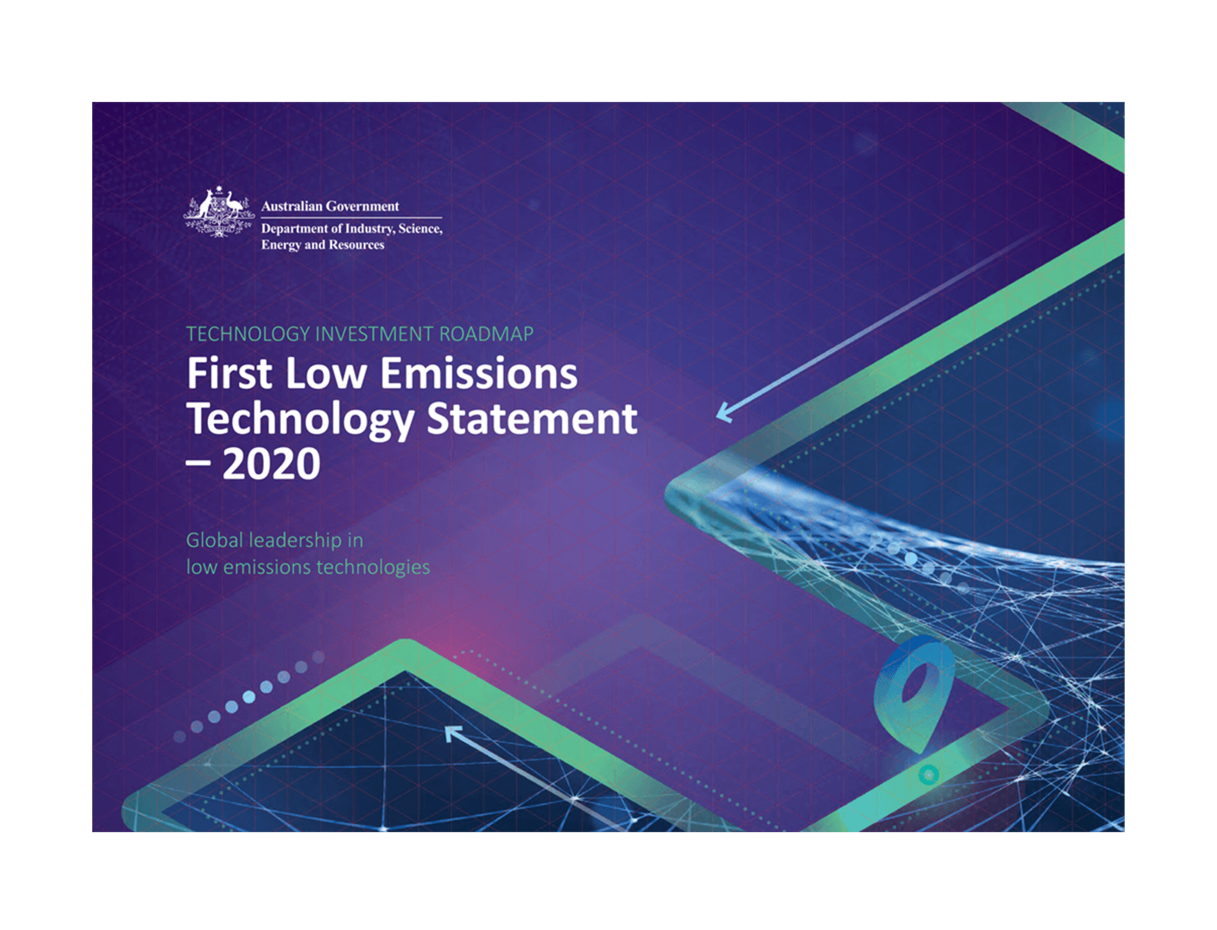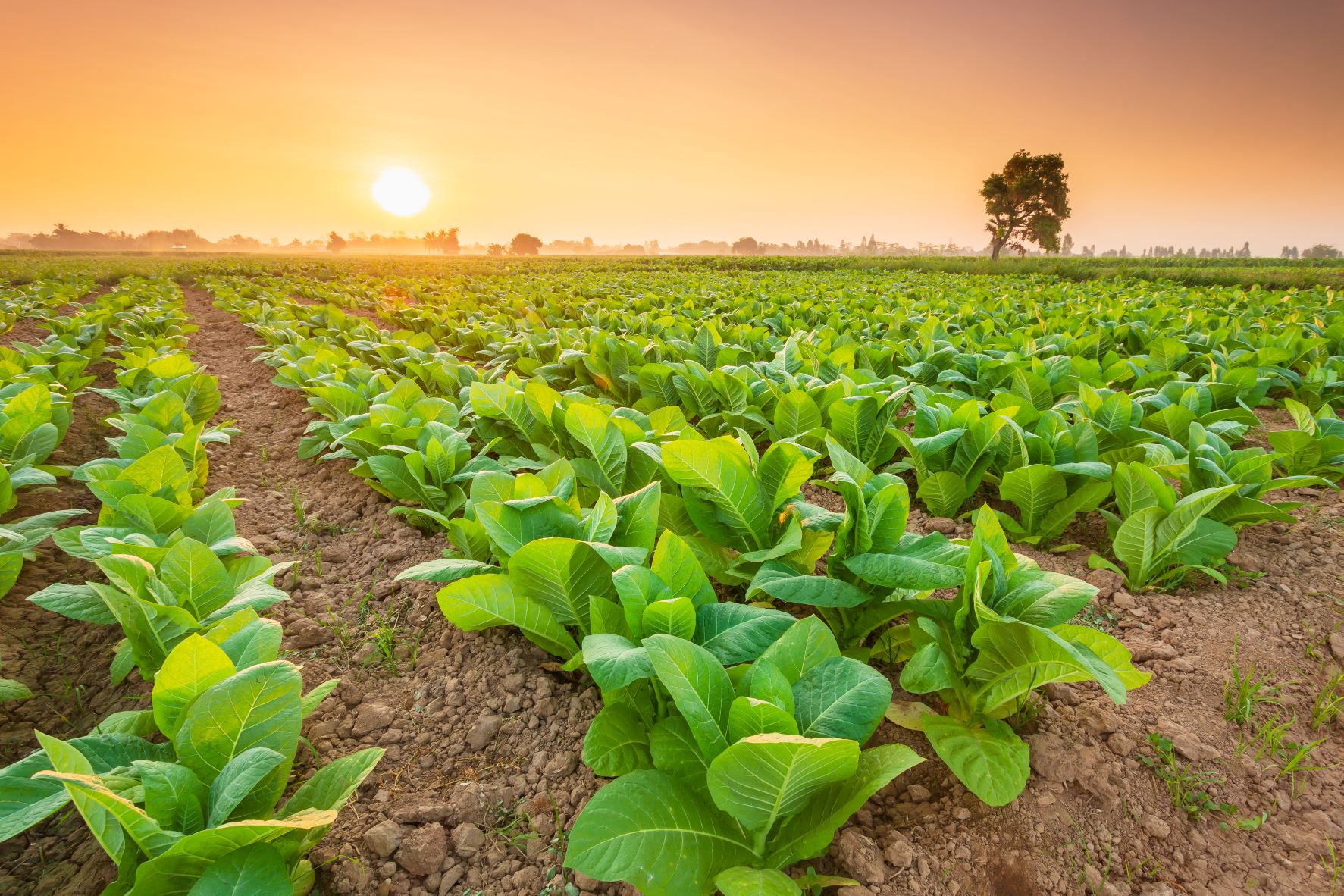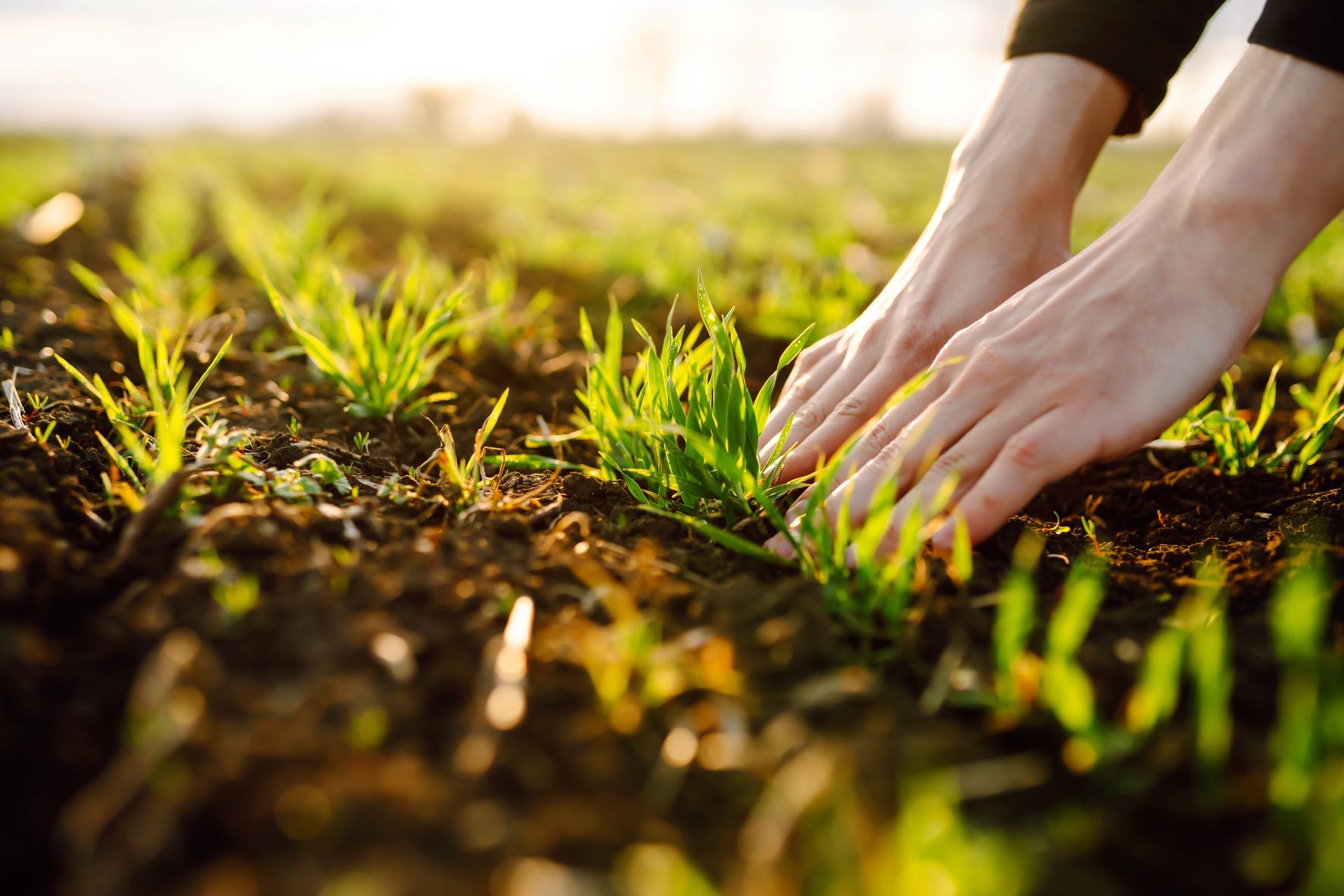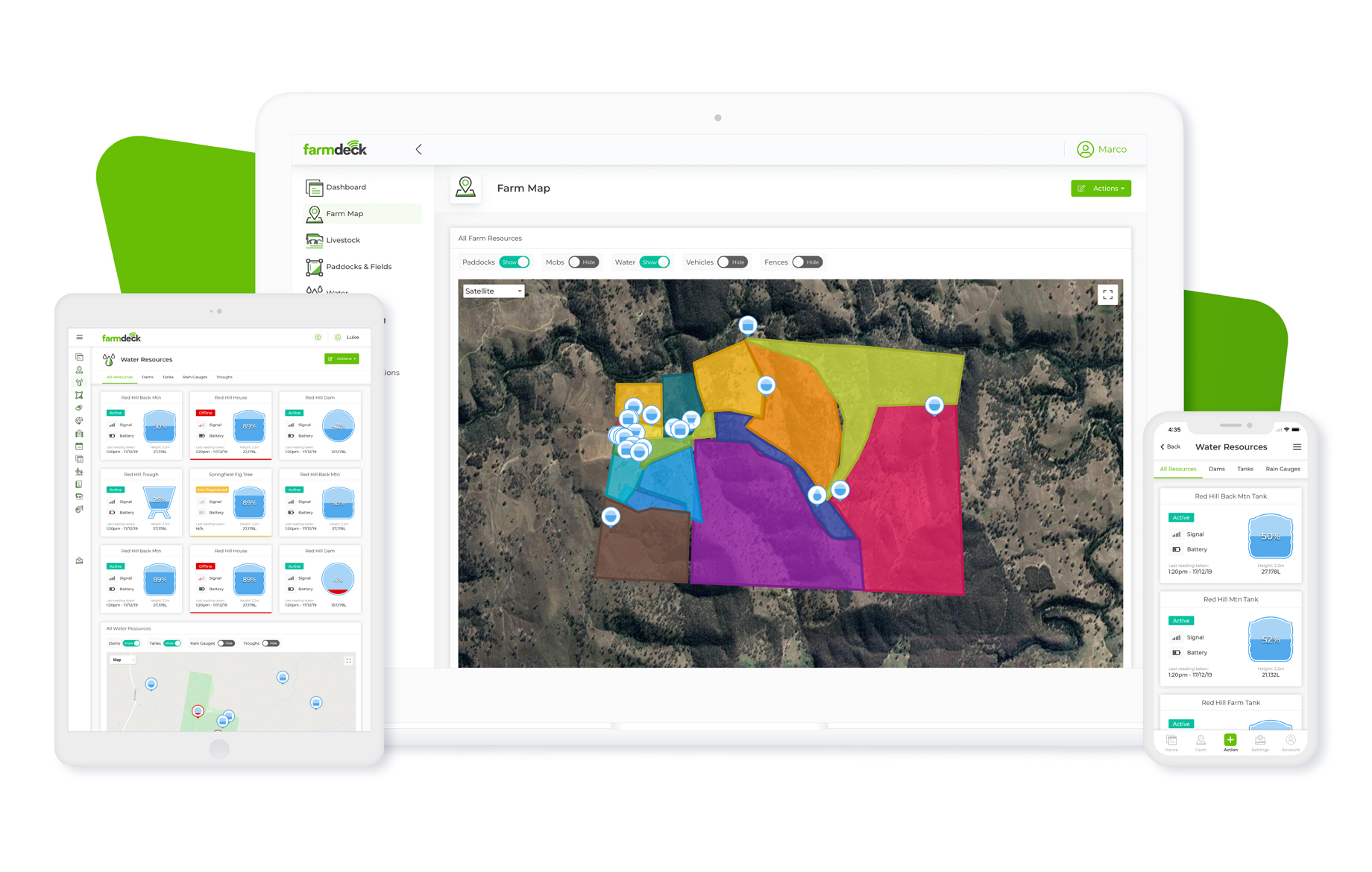Australia's push to achieve net zero emissions by 2050 means that the farming industry's emissions must fall dramatically
The need to reduce carbon emissions and greenhouse gasses has gained momentum worldwide, with a push towards a net zero emission nationally by 2050, including within the agriculture sector. Finding solutions to negate the negative impact of climate changes is a huge priority on the global agenda. Even farmers have started feeling the effects of climate change. The Australian Bureau of Agricultural and Resource Economics and Sciences states that global warming has, on average, cut A$30,000 from each farmers’ profits due to unexpected rainfall leading to drought, and unpredictable weather (like blistering heatwaves, and shifting growing zones), all of which impact crops’ viability, livestock health and a farm’s bottom line.
When it comes to carbon emissions, the agriculture sector generates an estimated 15% of Australia’s total greenhouse gas emissions, with an emission rate in 2019 of 76.5 million tonnes, most of which come from livestock. Without intervention, Government expects agricultural emissions to reach 82 million tonnes by 2030. Grattan Institute energy program director, Tony Wood explains that net zero won’t be reached if any sector is excluded, including agriculture.
While most emissions from agriculture are often attributed to coming from livestock, other areas of farming also contribute towards the growing emission rate. In a report entitled Practical policies to reduce agricultural emissions, released by the Grattan Institute, highlights specific areas of farming that produce the most emissions: “Cattle (for beef and dairy) and sheep are the largest contributors [of emissions], but there are also non-animal emissions from crops, fuels (used for machinery, heat, and other needs), fertilisers, and lime (used to reduce soil acidity).” This means that even if a farm’s primary operations doesn’t involve livestock, it will also be expected that emission reduction requirements are met and addressed.
The agriculture sector will need to take a serious look at what it can do to reach this goal, or to, at the least, reach a low carbon emissions rate.
Government’s Technology Investment Roadmap
One of the easiest and quickest ways in which farmers can start to reduce their emissions would be through the adoption and deployment of low-emission technology – essentially implementing next-generation farming practices and technologies, consisting of multiple IoT solutions.
Confirming this stance, Sydney University Professor Brent Kaiser explains that the national government’s technology roadmap is a better approach in reducing carbon emissions, rather than putting a price on carbon (which would cost the industry A$1.5 billion if Government put a price on carbon), which will detrimentally impact farmers on an economic scale. This has already been evident within the dairy sector in New Zealand. A carbon price has been implemented and dairy farmers are already feeling the pinch financially. Compounded over time, this debt burden will only get bigger – and those feeling the knock won’t be the government, but farmers themselves.

Focusing on technology solutions within the agriculture sector won’t put a strain on farms commercially. The focus has shifted digitally, and also locally, as the Government’s Technology Investment Roadmap explains: “Australia has untapped potential as a globally significant source of carbon sequestration in our soils. Improving land management practices on a quarter of Australia’s crop and grazing lands could draw between 35 and 90 million tonnes of CO₂ per annum from the atmosphere while improving agricultural productivity and soil resilience.”
Farmers gain an additional revenue stream with “offsets created by soil carbon projects, and provide decarbonisation pathways for new and existing industries, which will preserve jobs. Increasing the soil carbon concentration (in the form of organic material) can improve farm productivity and crop yields through better nutrient and water retention, and boost resilience to drought and erosion.” The roadmap further highlights the potential of sequestration of Australia’s soils to “deliver positive economic outcomes and exploit a powerful competitive advantage for our nation and help position our agriculture sector to meet its aspiration to exceed A$100 billion in farm-gate output by 2030”.
The roadmap outlines how low emissions technologies have the “potential to deliver the strongest economic and emissions reduction outcomes for Australia,” with specific focus on government investment on new and emerging technologies, such as the Internet of Things (IoT) solutions.
Key opportunities for agriculture
The reduction of carbon emissions is a global initiative. Evident in how exports and imports will be handled going forward as a carbon reduction becomes more the norm. A net zero commitment “creates five key opportunities for agriculture, which exports 70% of its produce”, explains the Sydney Morning Herald. These five opportunities include:
- Selling carbon credits (read more here)
- Growing low-emissions produce for a premium to climate-conscious consumers
- Improving the efficiency of farming (by implanting agtech in farming operations)
- Shielding exporters from tariffs on food and fibre that comes from countries without any carbon restrictions
- Contributing to reducing global warming that is smashing farm profits

Australia can reap exponentially in its efforts to go greener, by gaining access to premium international markets that are only accessible to major exporters with sustainable credentials.
Something as simple as focusing on your land can help reduce emissions. The Department of Agriculture, Water, and the Environment points out that “there is a strong link between changing patterns of land use and economic and social conditions, particularly in regional Australia”.
By employing soil sequestration practices, which predominantly involves managing land and putting practices in place so that your land’s soil can absorb and hold carbon effectively, you can improve the soil carbon of your land. You can read more about carbon farming practices here.
Sydney Institute of Agriculture’s Professor Budiman Minasny reiterates the benefits of changing patterns of land use. “Comparing the soil under Australia’s natural vegetation to the soil of croplands and you’ll see about half of the organic matter has been lost since European-style agriculture began here.” He further explains that we can, however, put the carbon back.

Increasing carbon in soil
There are some simple practices that you can put in place to help increase carbon in soil:
- Planting perennials in pasture areas. These plants live longer which means they accumulate biomass (this is made of carbon).
- Cover cropping, which involves growing plants between crops to manage soil erosion and control pests while improving soil fertility and health. You can even use mulch as an alternative as this also supplies soil with nutrients and helps to store moisture.
- Planting pulses, including faba beans, lentils, lupins, and field peas, in crop rotations. Although known to be difficult to grow, these are a great source of organic nitrogen (and even leave nitrogen in the soil once harvested) and help with weed control.

Technologies for better farming practices
While net zero by 2050 is a vital target, implementing tech solutions throughout your farm can help your operations and activities become simpler and easier to manage, saving you time to focus on other more important aspects of your farm.
Did you know that Farmdeck can help you make your farm management experience easier and smarter, while giving you better visibility and insight into your farming operations? One of our IoT solutions, the Water Level Monitoring feature makes managing the water levels on your property easier. Our solution provides you with a reliable snapshot of all the water sources on your land so you know your water levels, individual tank capacities, and sensor status data at all times. If anything out of the ordinary occurs, such as a leak causing a drop in water levels, you’ll be able to fix it quickly, conserve water and not spend days relocating livestock. This also means that physically visiting each tank to verify their levels is no longer necessary.
Read more here to learn how our Water Monitoring feature helped farmer Luke Bowman, of Red Hill Farm, Barraba, NSW, increase the productivity on his farm.
